#larimar cabochon meaning
Text
Cabs Now Available!4x6 mmTo20x30 mm
#larimar cab#larimar cabochon#larimar cabs#larimar cabochons for sale#larimar cabochon meaning#larimar cabochons wholesale#larimar cabochon ring#larimar cabs for sale#larimar oval cabochon#larimar cabochon Australia#larimar cabochon prices#casa larimar cabaret#larimar pear cab#larimarcabochon#larimarcabs#larimar#larimarstone#larimarcabochons#larimarcarving#larimarcabsforsale#larimarcabochongemstone#larimarcabochonpendant#larimarcabochonforsale#larimarcabochans#larimarcabachons#larimarjewelry#larimargemstone#larimarpendant
0 notes
Link
Check out this listing I just added to my Poshmark closet: Large Turquoise & Larimar Silver Handmade Pendant Necklace.
0 notes
Photo
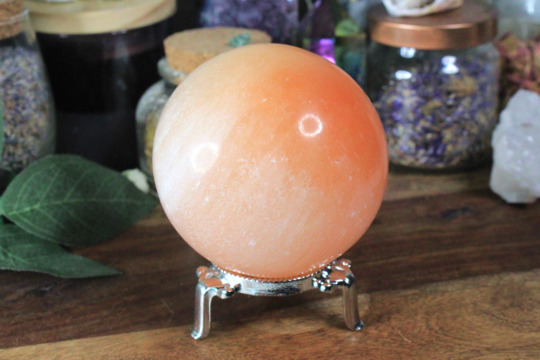

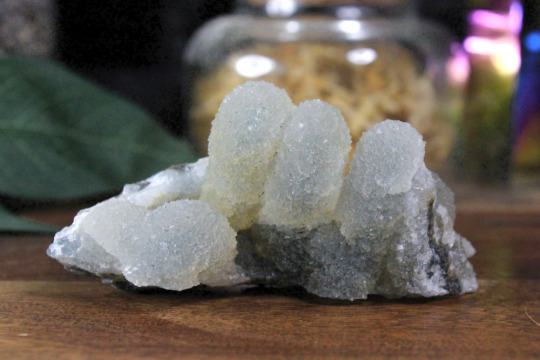
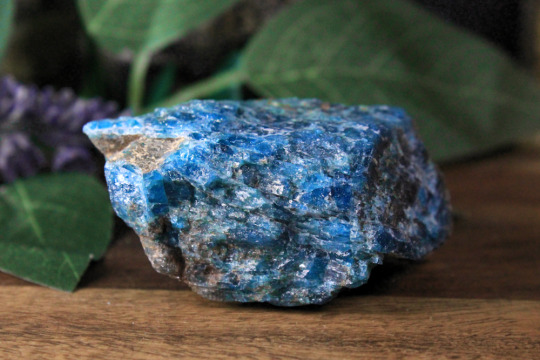
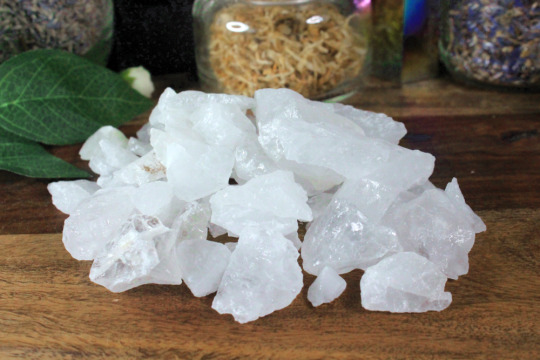


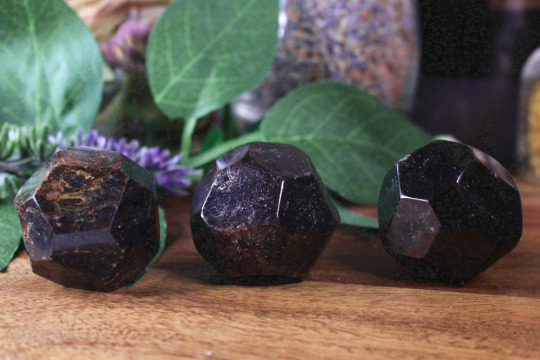

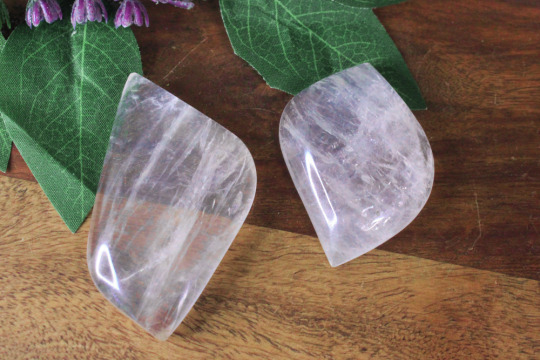
Our FINAL UPDATE OF 2020 is here!
And that means our Holiday Sale is almost over!! Make sure to snag one of the coupons below before 12/31 at 11:59 pm ET! We’ll also be going back to our usual 6-item updates at the beginning of the new year 🙌
Here’s what’s new today:
3″ Orange selenite spheres
Septarian dragon egg
2.75″ Stalactite quartz cluster
Blue apatite rough chunk
Rough clear quartz
Larimar heart
Copper wand with clear quartz ends
Garnet polyhedrons
Unakite tear drop necklace
Rose quartz cabochons
∘₊✧────── ────── ────── ✧₊∘
🌲 ✨ HOLIDAY 2020 SALE ENDS THURSDAY ✨🌲
The end of the year is fast approaching, and with it the end of our Holiday Sale! Don’t miss your chance to save on your next order– grab one of these coupons before they’re gone!
MERRY15 - 15% off $15
MERRY20 - 20% off $25
MERRY25 - 25% off $35
MERRY30 - 30% off $50
Click any code to automatically apply it to your cart, and enjoy the season!! 😊💖🌲
Only one coupon may be used per order. Free shipping offered for all US orders over $50 after coupon has been applied. All codes expire 12/31/20 at 11:59 pm ET.
∘₊✧────── ────── ────── ✧₊∘
✨ Sylverra Apothecary is open, and we’re adding new herbs all the time! Shop our collection of organic, kosher, responsibly harvested, culinary grade herbs here 🌿
✨ We’re now offering gift cards! Amounts range from $15 to $200 🎁 Shop gift cards here 🎁
✨ Check out our clearance section and help us get rid of some old inventory, with items marked down up to 60%!
#orange selenite#septarian#stalactite quartz#stalactite#blue apatite#rough quartz#larimar#copper#wands#garnet#garnets#unakite#cabochons#crystal shop#crystal shops#rock shops#rock shop#witchy
88 notes
·
View notes
Text
Crystal Safety, Revisited
There’s an awesome post going around by @prettycitywitch that discusses crystal care and toxicity. I noticed a few errors in it, just due to the source that was used, so I contacted her and got permission to rewrite it to ensure the most accurate information possible is spread around in the witchy community. I’ve gone through every crystal in her list and added a few others.
Everything in this list has been confirmed by the Gemological Institute of America Laboratory (one of the foremost in gemological research), multiple published mineralogical sources, and/or at least two online mineralogical databases. Crystals of particular concern in each category have been bolded; the other listed crystals have a bit of wiggle room.
Crystals affected by sunlight or heat
Most crystals (including nearly all in this list) are safe to expose to sunlight temporarily - you can wear them in jewelry during the day, for example, but don’t leave them in your windowsill for weeks. In general, colorless crystals may be left in the sun indefinitely, while colored (especially pink) crystals should be stored in a place that doesn’t get direct sun all day. Heat, on the other hand, can easily affect many crystals, but usually only at high temperatures (steam or a jeweler’s torch), so I've only included the ones that could be damaged by relatively low temperatures.
Amber - may crack in heat
Amethyst - may fade over time; safe to expose to sun temporarily
Apophyllite - heat can cause flaking; sunlight is fine as long as the specimen is kept cool
Maxixe (dark blue beryl) - fades extremely quickly to pale brown in sunlight; color can only be restored through irradiation
Azurite - will fade over time with exposure to sunlight; store in a dark, cool environment
Celestine - fades in long exposure to sunlight
Chrysoprase - may fade in sunlight; restoration of color sometimes possible through prolonged storage in water
Fluorite - occasionally can fade in sunlight
Hackmanite - exhibits tenebrescence, a temporary change in color due to sun exposure; will return to original color if kept in a dark area
Hiddenite - unstable in sunlight and heat to a lesser degree than kunzite; however, some darker green hiddenite is much more unstable than kunzite and great care should be taken, as it can fade in a matter of minutes
Kunzite - will fade drastically in sunlight; indoor incandescent light can also slowly affect this stone
Larimar - fades over time when exposed to sunlight and heat
Morganite - deeper colors or more lilac hues can fade in sunlight
Opal - fading is minimal, but sunlight, heat, and changes in air pressure can cause internal fracturing called “crazing”
Pearl (& mother-of-pearl) - may lose color or turn dull in sunlight or heat
Sulfur - extremely heat-sensitive; crystals may fracture or burst if left in the sun or held in your hand
Topaz - irradiated stones may fade in direct sunlight
Tugtupite - exhibits tenebrescence, a temporary change in color due to sun exposure; will return to original color if kept in a dark area
Vanadinite - may darken and lose transparency in sunlight
Zircon - heat-treated stones may revert to original color over time in sunlight; avoid exposure to UV lights (tanning beds, nail salons, etc)
Water-soluble crystals
Though many crystals will eventually be worn away by water mostly due to tiny particles of other substances suspended in the water, there are very few that will dissolve in water in any significant way. Contrary to what some believe, most crystals with the suffix ‘-ite’ aren’t water-soluble; ‘-ite’ simply means ‘stone’ and is part of most mineralogical names.
Anhydrite - not water-soluble, but instead will absorb water and convert to gypsum; store in a dry environment and do not submerge
Boji stone - not water-soluble, but may rust due to iron component
Calcite - somewhat soluble in slightly acidic water; neutral or slightly alkaline water is usually safe; negligible dissolution in air due to gaseous carbon dioxide
Celestine - very slightly soluble
Chalcanthite - easily soluble in water, but must be stored in a humid environment
Chalcopyrite - not soluble, but may rust due to iron content
Fluorite - very slightly soluble
Gypsum - somewhat soluble; solubility decreases in warmer water
Halite - easily dissolves in water; moisture from your skin or humidity in the air can eat away at crystals
Hematite - not water-soluble, but exposed rough areas may rust
Magnesite - slightly soluble; solubility increases with presence of salt
Magnetite - not water-soluble, but may rust due to iron content
Malachite - slightly soluble in water containing carbon dioxide
Marcasite - water may trigger decomposition into melanterite, which contains sulfuric acid
Mica (muscovite, fuchsite, lepidolite, etc) - plate or sheet-like specimens may absorb water into cleavage planes and begin to break apart; aggregated crystals are safe in water
Pyrite - exposure to water, including high-humidity environments, can trigger breakdown
Rhodochrosite - slightly soluble in water containing carbon dioxide
Selenite - somewhat soluble; solubility decreases in warmer water
Sulfur - soluble in warm water; may form sulfuric acid over time if left in a wet or humid environment
Ulexite - dissolves in hot water; slightly soluble in cold water
Acid-soluble crystals
A large number of crystals will dissolve in acid. Many only dissolve in strong acids, such as hydrochloric acid - I won’t list those here because it generally won’t be a concern. There is very little information on mineral solubility in weak acids, such as vinegar, so this list is incomplete. But really, why are you soaking any of your crystals in acid?
Amber - “young amber” is soluble in a large number of chemicals
Aragonite - easily soluble, even in dilute acids; effervesces
Atacamite - readily soluble in acids
Azurite - may be slightly soluble
Calcite - easily soluble; effervesces
Lapis lazuli - composed of a number of minerals, including calcite, which may be acid-soluble; acetone and other substances may remove dye
Magnesite - slightly soluble in acids
Malachite - readily soluble in acids; color may also be affected
Pearl (& mother-of-pearl) - soluble in acids; surface will become dull and pitted
Rhodochrosite - slightly soluble in warm acids; effervesces
Smithsonite - effervesces and dissolves in acids
All water-soluble crystals
Crystals affected by salt
Salt is a dehydrator, so any hydrated crystal may be damaged by it. Salt has a hardness of 2 to 2.5 and may scratch any mineral softer than this. It is safe to put non-hydrated crystals of a hardness between 2.5 and 7 in salt, but very fine scratches may occur due to impurities; don’t put cabochons or faceted stones in this hardness range in salt.
Apophyllite - may dehydrate in salt, resulting in flaking; usually not an issue unless combined with heat
Cavansite - may dehydrate
Chalcanthite - dehydrates easily, forming potentially dangerous powder; store in a humid environment
Gypsum (including selenite) - hardness of 2; may be scratched by salt; may dehydrate to anhydrite
Opal - will dehydrate and develop internal fractures called “crazing”; store in a wet or humid environment
Pearl (& mother-of-pearl) - may become dull and pitted
Stilbite - may dehydrate
Potentially dangerous crystals
In general, crystals are pretty safe - handling them is usually okay. Many crystals do have somewhat dangerous elements, such as aluminum-bearing garnets, but they’re “locked” in the crystal structure in a way that prevents them from harming us unless the crystal is powdered or dissolved and inhaled/ingested. The occasional garnet or moonstone gem water won’t hurt you in the slightest.
Because there’s no way for this list to be ‘complete’ - I don’t know what unusual stones you might have - I advise you to never make gem waters with or otherwise ingest
powdery, very fine, or fibrous crystals;
crystals which you have not identified;
metal ores;
metals, with the exceptions of gold, platinum, tungsten, and titanium; and
stones composed of a variety of minerals.
Don’t use these crystals for gem water, elixir, massage oil, etc. Don’t put these crystals in your mouth or otherwise insert them into your body.
Adamite - contains arsenic
Amazonite - generally safe, but the color is usually caused by traces of lead; don’t use flaky or powdery specimens in gem waters
Atacamite - contains copper
Aurichalcite - contains copper and zinc
Azurite - contains copper
Boji stone - composition can vary, so some stones may have dangerous components
Brochantite - contains copper
Cerussite - ore of lead; wash hands after handling; do not inhale dust
Chalcanthite - contains copper; wash hands after handling; do not rub eyes after handling; do not inhale; do not ingest
Chalcopyrite - ore of copper
Chrysocolla - contains copper
Cinnabar - ore of mercury; always wash hands after handling; do not inhale dust; never ingest in any form; do not heat; massive (aggregate) cinnabar can contain elemental mercury which is very easily absorbed by the body
Conichalcite - contains copper and arsenic
Cuprite - contains copper; do not ingest
Dioptase - delicate, may break or crumble into powder; contains copper
Eilat stone - contains copper
Galena - ore of lead; wash hands after handling; flaky/crumbly specimens are common, be careful not to inhale dust
Malachite - contains copper
Marcasite - decomposes to melanterite, which contains sulfuric acid; do not ingest; wash hands after handling; do not inhale
Mohawkite - contains copper and arsenic; may contain other toxins
Psilomelane - contains barium
Pyrite - broken-down pyrite can contain sulfuric acid; do not ingest; if pyrite appears blackish or crumbly, wash hands after handling
Realgar - contains arsenic; wash hands after handling; never ingest
Serpentine (sp. chrysotile) - safe unless fibrous; do not inhale; asbestos
Stibnite - very soft; contains antimony
Sulfur - can form sulfuric acid when in contact with moisture
Turquoise - usually safe unless powdery; contains copper
Vanadinite - contains lead; may have traces of arsenic
Wulfenite - ore of lead and molybdenum; do not ingest or inhale
A few final safety reminders
⚠️ Never swallow any crystals, because some otherwise safe crystals can interact with your stomach acids and produce dangerous chemicals.
⚠️ Never crush, powder, or dissolve crystals with the intention of inhaling or ingesting them - fine powders and solutions make elements more accessible to the body.
⚠️ Wash your crystals in water and gentle soap before making any gem waters, elixirs, etc. with them. Even if the crystal itself is safe, it may have been in contact with other dangerous crystals or chemicals.
⚠️ Never make gem water, elixirs, etc. with crystals that are on/in matrix (the base rock the crystals grew from). You don’t know what the matrix is composed of, and it may contain dangerous minerals or elements.
⚠️ Never burn, hold in a candle flame, or intentionally heat your crystals. Intentional heating should only be performed by a jewelry or gemstone professional in a controlled environment.
The sole exception to this is anhydrite without matrix, which may be carefully raised to 200°C (~400°F), dry heat, to dehydrate it and change any gypsum components back to anhydrite. Be aware that this process can occasionally result in fractures, breakage, or internal damage to the stone.
Keep yourself and your crystals safe, everyone! There’s no way for this list to be complete, because there are thousands of minerals out there, so please feel free to contact me if you have questions about any particular stones!
8K notes
·
View notes
Text
Genuine Dominican Larimar round shape calibrated 4mm to 25mm flat back cabochons
#larimar cab#larimar cabochon#larimar cabs#larimar cabochons for sale#larimar cabochon meaning#larimar cabochons wholesale#larimar cabochon ring#larimar cabs for sale#larimar oval cabochon#larimar cabochon Australia#larimar cabochon prices#casa larimar cabaret#larimar pear cab#larimargemstone#larimarbeads#larimarearrings#larimarlover#larimarcabochons#larimarmm#larimarround#roundlarimar#larimarnecklace#larimarcabochon#larimarmanufacturer#larimarcabs#larimarsphere#larimarbracelet#nowlarimar#larimare#naturallarimar
0 notes